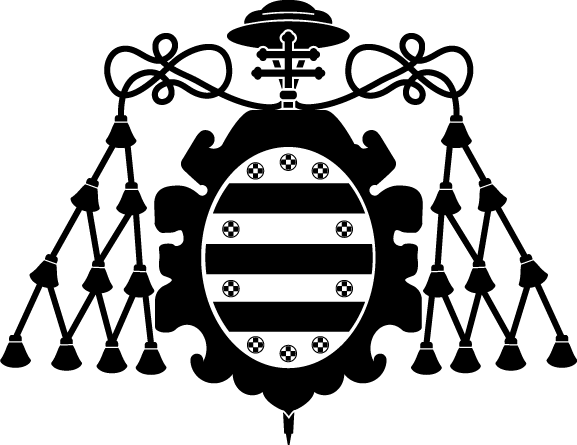In-house performance assessment of 3d qobur-reconstructed human cornea-like epithelium (rhce) for the evaluation of eye hazard
Publication date:
Publisher version:
Citación:
Abstract:
To replace the Draize eye irritation test (OECD Test Guideline 404), several test methods based on reconstructed cornea-like epithelium (RhCE) have been developed and adopted in the OECD TG 492. The objective of this study was to stablish the experimental procedures and evaluate the performance assessment of QobuR-RhCE, an in-house RhCE model to be used for the evaluation of eye hazard. We define the essential structural, functional and procedural elements of the test method components to help assuring that the proposed test method is based on the same concepts as the validated reference methods. Performance assessment was evaluated in accordance with the revised performance standards for the assessment of proposed similar or modified in vitro reconstructed human cornea-like epithelium and the minimum list of reference chemicals was evaluated. As result, the proposed method scored 93.3% sensibility, 60% specificity, 76.7% accuracy and 96.7% within-laboratory reproducibility (WLR), providing a similar performance in comparison to the validated reference methods. Additionally, we describe a secondary endpoint based on Transepithelial Electrical Resistance (TEER) that could be of use to better discriminate between irritants and non-irritants. Taken together the results indicate that the QobuR-RhCE test method is an accurate screening tool that can be used as a standalone alternative to evaluate ocular irritation.
To replace the Draize eye irritation test (OECD Test Guideline 404), several test methods based on reconstructed cornea-like epithelium (RhCE) have been developed and adopted in the OECD TG 492. The objective of this study was to stablish the experimental procedures and evaluate the performance assessment of QobuR-RhCE, an in-house RhCE model to be used for the evaluation of eye hazard. We define the essential structural, functional and procedural elements of the test method components to help assuring that the proposed test method is based on the same concepts as the validated reference methods. Performance assessment was evaluated in accordance with the revised performance standards for the assessment of proposed similar or modified in vitro reconstructed human cornea-like epithelium and the minimum list of reference chemicals was evaluated. As result, the proposed method scored 93.3% sensibility, 60% specificity, 76.7% accuracy and 96.7% within-laboratory reproducibility (WLR), providing a similar performance in comparison to the validated reference methods. Additionally, we describe a secondary endpoint based on Transepithelial Electrical Resistance (TEER) that could be of use to better discriminate between irritants and non-irritants. Taken together the results indicate that the QobuR-RhCE test method is an accurate screening tool that can be used as a standalone alternative to evaluate ocular irritation.
ISSN:
Patrocinado por:
This work was supported in part by grant PID2019-111745RB-I00 ( Agencia Estatal de Investigación, Spain )
Collections
- Artículos [36472]


